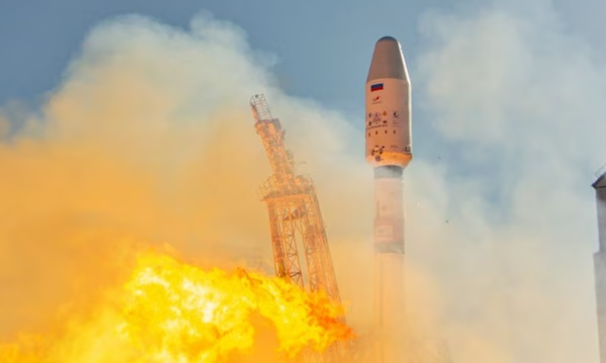Iran Launches Pars-I Remote Sensing Satellite
On March 1, 2024, Iran announced the successful launch of its domestically manufactured ‘Pars-I’ remote sensing satellite into orbit using a Russian Soyuz-2.1b rocket. The event marks growing strategic space cooperation between both nations amid shared Western sanctions.
Launch Details
The Soyuz launcher blasted off with the Iranian satellite from the Vostochny spaceport located in Russia’s Far Eastern Amur region bordering China. Iranian state media broadcast the lift-off live across the country.
After a nine-minute ascent to Low Earth Orbit (LEO), the Fregat booster module deployed the Pars-I satellite as planned. Ground stations assume contact shortly to begin maneuvering procedures.
Satellite Capabilities
Pars-I has an active lifetime of over a year. Fitted with specialist equipment like multispectral cameras, it can capture high-resolution imagery with multiple sensor bands from orbit.
The 50-kg satellite built by the Iranian Space Agency (ISA)will be utilized for agricultural monitoring, natural resource mapping, water management, disaster response planning and other civilian applications as per officials.
Strategic Partnership with Russia
Collaborating with Russia on the project allows Iran to accelerate indigenous capacity despite being isolated from Western space powers. It obtains vital access and infrastructure support including launch provisions and training in space science/engineering.
For Russia, joint initiatives aid its space sector revenue besides tightening presence in West Asia amid shifting geopolitical alignments globally post-Ukraine conflict. The nations are exploring more satellite ventures ahead while Russia eyes making Iranian satellites instead of Western models.
Iran’s Growing Space Program
Pars-I augments Iran’s burgeoning fleet of locally designed satellites with proven launch, imaging and data transmission abilities. Its space program priorities include technology independence, economic benefits and security enhancement.
While facing sanctions, Iran has logged multiple orbital missions over the last decade demonstrating robust missile expertise and technological skills that raise Western concerns over potential dual use. Future plans eye developing bigger satellites and human spaceflight.
Regional Impact
Iran views satellite networks as both economic dividends and strategic deterrence necessary against looming regional threats. Its deeper space collaboration with Russia also holds geopolitical consequences as Tehran cements an axis recalling Cold War lines in West Asia.
However most Middle East observers believe Iran’s space goals remain overwhelmingly civilian rather military despite apprehensions from Arab states and Israel over the sophisticated endeavours.
Month: Current Affairs - March, 2024
Category: International / World Current Affairs


